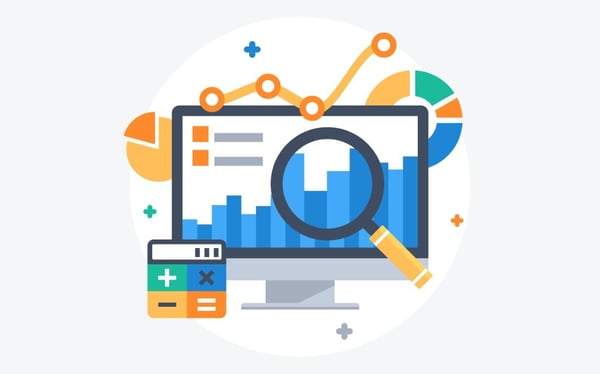How STAT MedEvac Connected Device, Software, and Data Technology To Enhance QA and Elevate Care
Planning Your Data Usage
Data overuse notifications! It’s never fun to receive these text messages at all, let alone at 1:09AM on a Thursday night like I did (see photo provided)
Was this information valuable?

Data overuse notifications! It’s never fun to receive these text messages at all, let alone at 1:09AM on a Thursday night like I did (see photo provided). It’s bad enough for this to happen on your cell phone and to experience reduced data speeds while browsing through YouTube, but what about receiving this notification about the modems on your EMS or Fire trucks? Can you really chance the possibility of exceeding your data plan and impeding information being sent to and from emergency vehicles? You need that information getting to your trucks or dispatchers immediately, and if that data is being delayed because the data plan was breached, it could mean serious repercussions for your crews, their response times, and most important of all, the patients for which they're administering services. Seconds can sometimes mean life or death on a run, and you should not let something like an unplanned data issue be the cause of those extra seconds on a crew’s response time.
With all of the technology sending data through the modems in your trucks – ePCRs, time stamps, messaging, incident information, GPS positioning – choosing the correct data plan is of the upmost importance. In reference to ZOLL’s products, if a truck is running 24 hours a day, 7 days a week, and is using the full RescueNet Navigator on a Mobile Data Terminal, it can pull close to 3 GB of data per month. If that truck is only running 8 hours a day, the data can be close to 2.0 GB. With this being so, it’s been common to hear that agencies are not using a limited data plan as they would be close to surpassing their data usage limit, or actually do exceed it. Instead the agencies are opting for the unlimited 3G or 4G data plans to ensure that they’re covered in terms of speed and quantity. Because purchasing a large amount of data plans for vehicles can be expensive, some agencies are combining all of their data plans into one large pool and have all the trucks pull from there, which can save you a considerable amount of money per month.
It is important to note that the data plan that you need may vary depending on what products are sending back information to RNDB or CommCAD. If a client is using their modems to only send PCRs, and have a limited number of PCRs per day per vehicle, a 2 GB data plan might be more than enough. But a busy client using monitor uploads would be safer starting with an unlimited plan, then scaling it back after studying some historical usage data for the first month or two of use.
It’s enough having to spend money to replace old equipment and also worry about the upkeep on your trucks. Make your data plan a "non-issue". Find the right balance between what you’ll use and what you’ll need, and choose the best solution that suits your business needs.
We're interested in hearing what your agency has done to identify the best and most cost-effective data solution. Found a solution or an ideal way to calculate usage? Let us and the other readers know!
Related Posts
Podcast: 4 Ways ePCR Software Can Relieve EMS’ Biggest Headaches
How EMS Agencies Can Reframe Need and Refocus Resources With Geospatial Analytics
ZOLL Pulse Blog
Subscribe to our blog and receive quality content that makes your job as an EMS, fire, hospital, or AR professional easier.
ZOLL Pulse Blog
Subscribe to our blog and receive quality content that makes your job as an EMS, fire, hospital, or AR professional easier.




